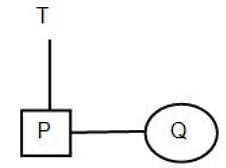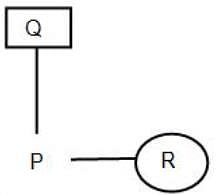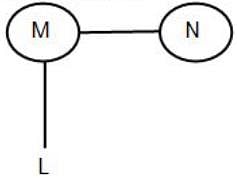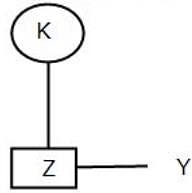VITEEE PCBE Mock Test - 1 - JEE MCQ
30 Questions MCQ Test - VITEEE PCBE Mock Test - 1
Larva of 'Culex' floats on surface of water with its head
Cell recognition and adhesion occur due to biochemicals of cell membranes named
If the decomposers become extinct, the most severely affected would be
The organs which look different but having same basic principle structure and origin are known as
Out of 64 codons, 61 code for 20 types of amino acids. It is due to
A pregnant woman underwent amniocentesis. An extra barr body is present in the embryo. Syndrome likely to occur in child is
Patients with sex-linked disorder of Duchenne's muscular dystrophy die by the age of
Directions: Refer to the graph and answer the following question.
The line graph below gives information about the number of applications received by different colleges A, B and C for admission to their MBA programme from 2012 to 2016.
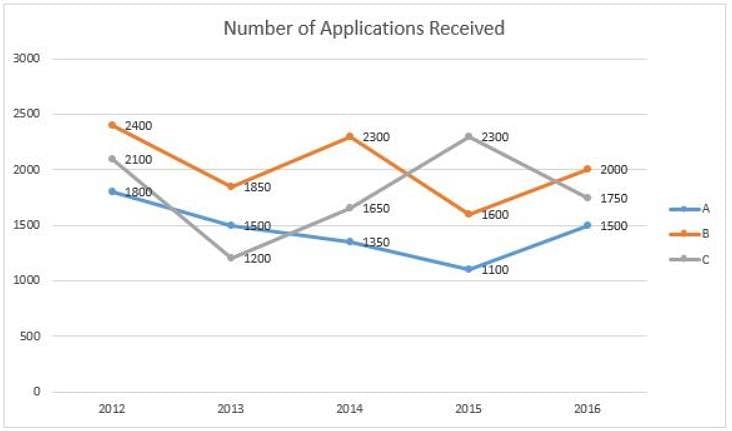
Q. Out of total applications received by colleges A, B and C in 2014, 40% were shortlisted by college A, 35% were shortlisted by college B and 60% were shortlisted by college C for further rounds. How many applicants were shortlisted by colleges A, B and C together in 2014?
Directions: Refer to the graph and answer the following question.
The line graph below gives information about the number of applications received by different colleges A, B and C for admission to their MBA programme from 2012 to 2016.

Q. Total applications received by college A in years 2012, 2013 and 2014 are what percent (approximately) of those received by college B in years 2014, 2015 and 2016?
Direction: Study the following information carefully to answer the given questions:
If 'A () B' means 'B is the mother of A'
If 'A of B' means 'B is the father of A'
If 'A ÷ B' means 'B is the sister of A'
If 'A × B' means 'B is the brother of A'
If 'A + B' means 'B is the daughter of A'
If 'A - B' means 'B is the son of A'
Q. If 'T - P ÷ Q' is given, then how is Q related to T?
Direction: Study the following information carefully to answer the given questions:
If 'A () B' means 'B is the mother of A'
If 'A of B' means 'B is the father of A'
If 'A ÷ B' means 'B is the sister of A'
If 'A × B' means 'B is the brother of A'
If 'A + B' means 'B is the daughter of A'
If 'A - B' means 'B is the son of A'
Q. If 'P of Q + R' is given, then which of the following is true?
Direction: Study the following information carefully to answer the given questions:
If 'A () B' means 'B is the mother of A'
If 'A of B' means 'B is the father of A'
If 'A ÷ B' means 'B is the sister of A'
If 'A × B' means 'B is the brother of A'
If 'A + B' means 'B is the daughter of A'
If 'A - B' means 'B is the son of A'
Q. What does 'L () M ÷ N' means?
Direction: Study the following information carefully to answer the given questions:
If 'A () B' means 'B is the mother of A'
If 'A of B' means 'B is the father of A'
If 'A ÷ B' means 'B is the sister of A'
If 'A × B' means 'B is the brother of A'
If 'A + B' means 'B is the daughter of A'
If 'A - B' means 'B is the son of A'
Q. If 'Y x Z () K' is given, how is Z related to K?
The number of girls appearing for an admission test is twice the number of boys. If 30% of the girls and 45% of the boys get admission, the percentage of candidates who do not get admission is
The ratio of number of male and female journalists in a newspaper office is 5:4. The newspaper has two sections, political and sports. If 30 percent of the male journalists and 40 percent of the female journalists are covering political news, what percentage of the journalists (approx.) in the newspaper is currently involved in sports reporting?
If equal numbers of people are born on each day, find the approximate percentage of the people whose birthday will fall on 29th February. If we are to consider people born in 20th century (1901-2000) and assuming no deaths.
In a group of people, 28% of the members are young while the rest are old. If 65% of the members are literates, and 25% of the literates are young, then the percentage of old people among the illiterates is nearest to





